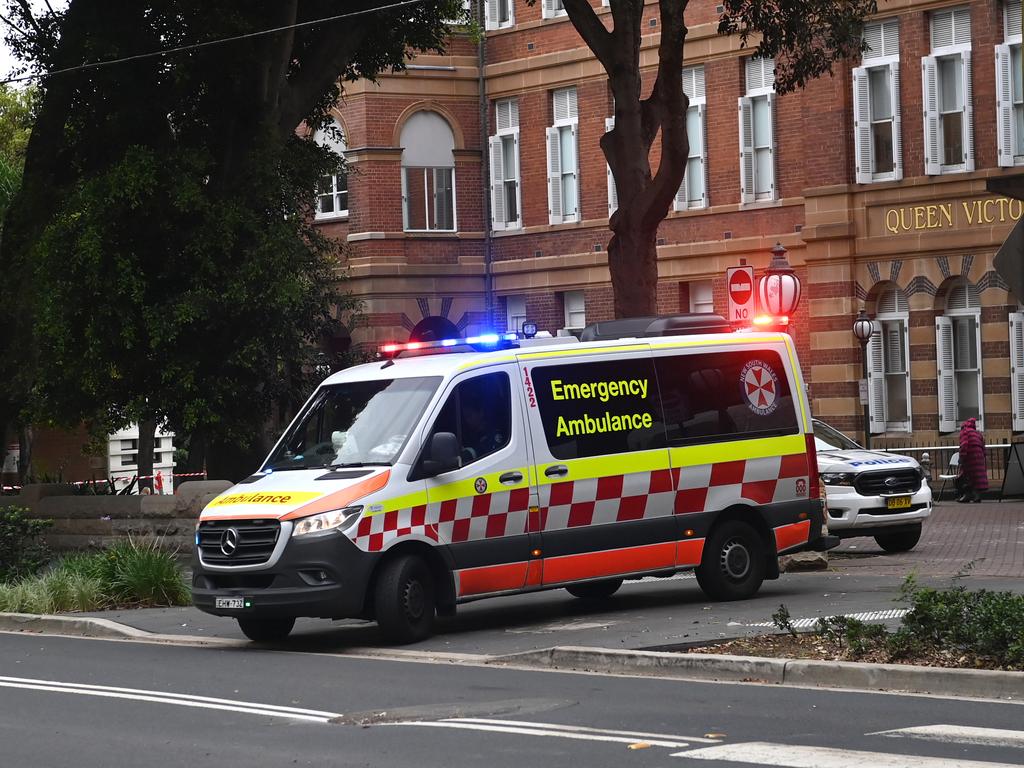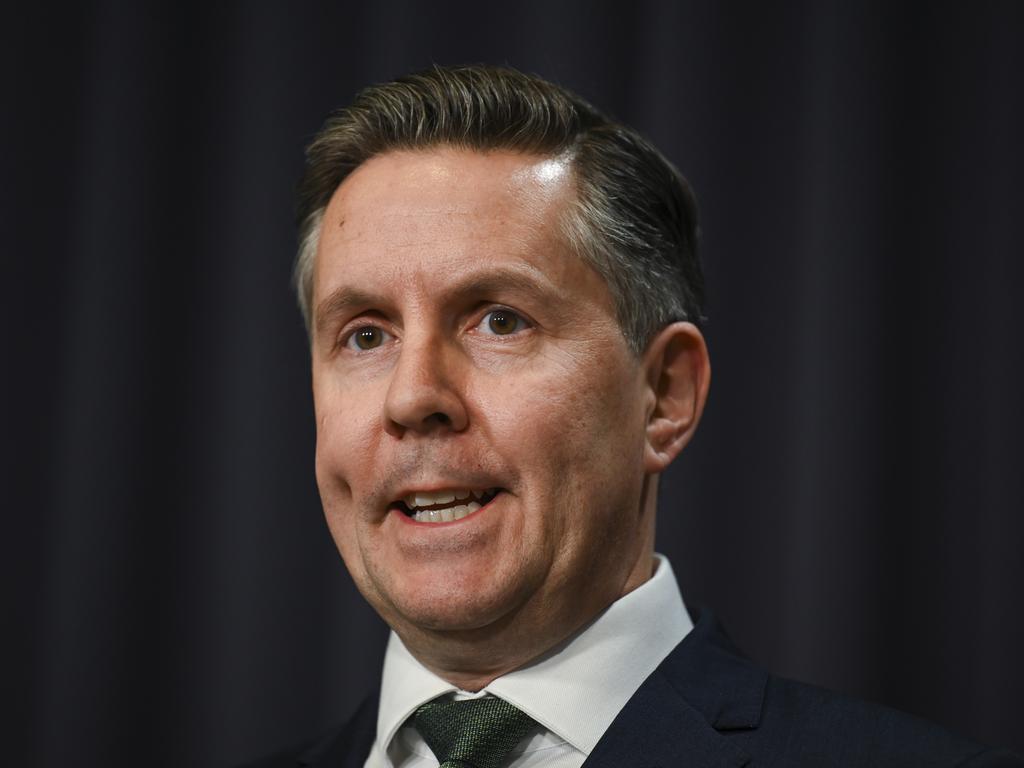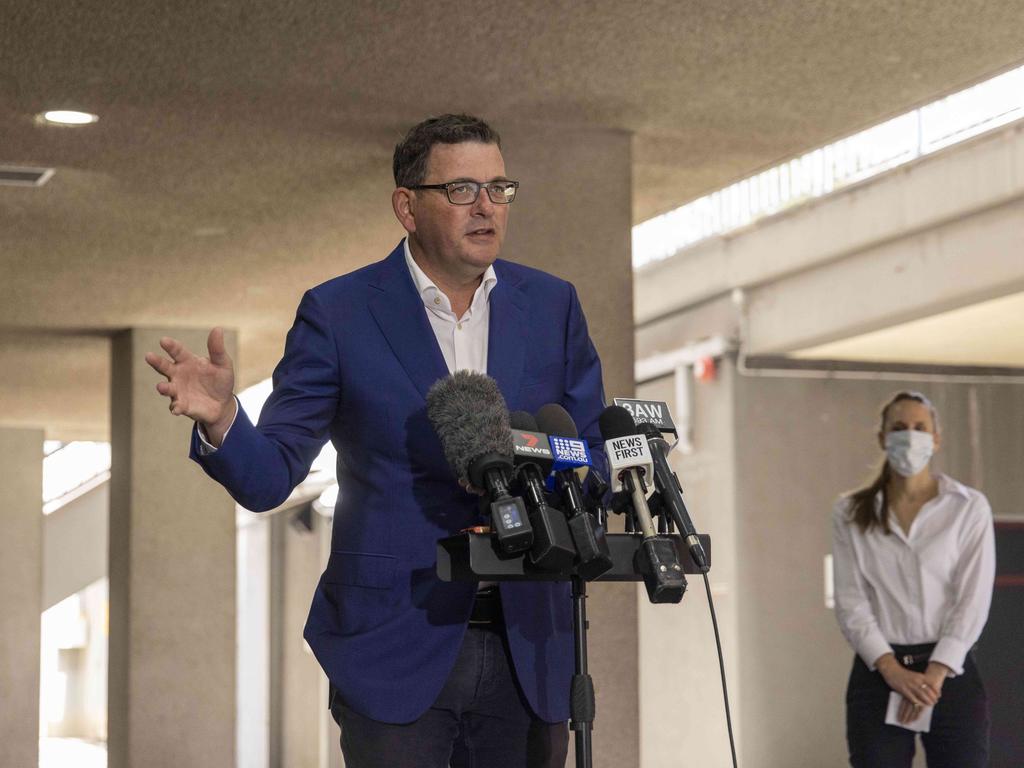More Australians waiting longer for urgent GP appointments, ABS data shows
Wait times are increasing for urgent medical care in Australia, where it’s becoming harder than ever to find a GP.
More Australians are having to wait for longer to get an appointment with a general practitioner when they require urgent medical care.
Nearly two in five people, or 39.1 per cent, of people who saw a GP for urgent treatment in the 2021-2022 financial year reported waiting more than 24 hours for their appointment, according to the Australian Bureau of Statistics.
This figure leapt by nearly 6 per cent from the year earlier, when 33.9 per cent of people in this situation reported waiting more than 24 hours to see a GP.
The ABS data on Friday released its annual patient experiences report, based on surveys conducted with 23,949 Australians aged 15 and older.
The proportion of people who visited a hospital emergency department increased slightly to 14.8 per cent compared to 13.4 per cent in the previous financial year.
GPs continued to be the most common health professionals seen by Australians in 2021-2022 — but wait times were well up on the year before.

The ABS found 49.5 per cent of people living in outer regional, remote or very remote areas had to wait for 24 hours or more to see a GP for urgent medical care, compared with 35.5 per cent of those living in major cities.
There was also an increase in the proportion of people who waited longer than they felt was acceptable to get an appointment with a GP — 23.4 per cent, compared to 16.6 per cent the year earlier.
The same was true of appointments with medical specialists, with wait-times considered unacceptable up 5 per cent from the 21.7 per cent recorded in the 2020-2021 financial year.
“The survey found that 32.8 per cent of people could not see their preferred GP on at least one occasion, compared to 25.5 per cent in 2020-21,” ABS health statistics director Robert Long said.
People continued to take advantage of expanded telehealth services, particularly those offered by GPs.
Almost one third of the people surveyed had had a telehealth consultation with a doctor in the last 12 months, an increase from 28.8 per cent in 2020-21.
And more than a quarter of those surveyed had had a telehealth consultation with a GP.

The proportion of people who needed to see a health professional for their mental health increased to 18.5 per cent, up from 17.3 per cent in 2020-21.
Of these people, 38.9 per cent delayed or did not see a mental health professional at least once when needed, an increase from 34.3 per cent in 2020-21.
The release of the ABS data comes amid widespread concern over the state of general practice in Australia and debate over how to make Medicare rebates viable.
Health Minister Mark Butler has named fixing the decline of general practice, including addressing the looming shortage of GPs, as his top priority in the portfolio.
Mr Butler has said he believes general practice is in the most precarious state it’s been in Medicare’s 40-year history.
He is chairing the Strengthening Medicare Taskforce, which is due to report to the federal government by the end of the year on a range of issues affecting general practice including how to make primary care more affordable for patients.
The sector is struggling with a dearth of GPs and the widespread withdrawal of bulk billing as Medicare rebates lag behind inflation.

Doctors have also raised concerns that the current Medicare rebate structure devalues longer consultations, with patient rebates decreasing significantly as a person spends more time with their doctor.
Medicare rebates increased slightly from July 1 by 1.6 per cent due to indexation, lifting rebates for a standard GP consultation from $39.10 to $39.75.
It meant GPs would receive an extra 65 cents for every 20-minute appointment they bulk billed.
Bulk billing is the process by which a doctor doesn’t charge a patient for an appointment but relies solely on the Medicare rebate as the full payment for their service.
More urgent care clinics will roll out across Victoria and NSW to ease pressure on emergency departments.
Victorian Premier Daniel Andrews and his NSW counterpart Dominic Perrottet jointly announced in August that new bulk-billing urgent care clinics would be rolled out across both states.
Run in partnership with GPs, the services will operate for extended hours and able handle conditions such as mild infections, fractures and burns in a bid to ease record demand on hospital emergency departments.
Patients, including those without Medicare cards, will not be charged for services provided at the clinics, the premiers said.
Mr Andrews said too many people were presenting at hospital emergency departments because they were unable to find a bulk-billing GP after hours.
The 25 extra services will bring the number of GP-led urgent care clinics across the two states to 50.



